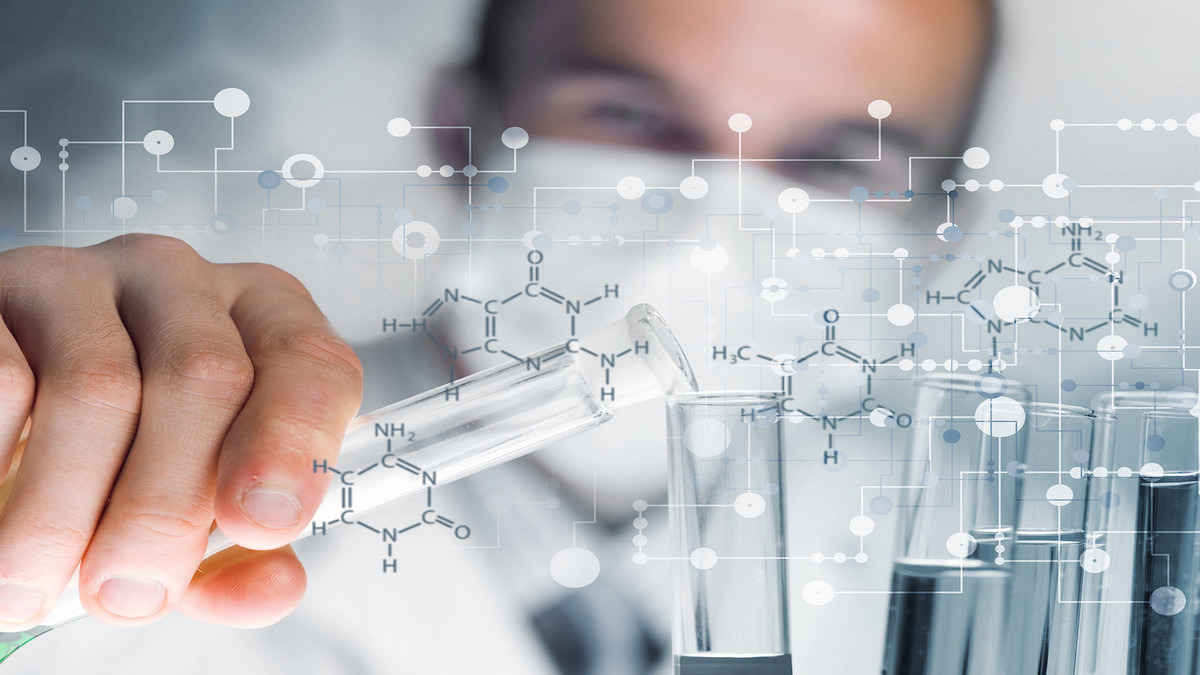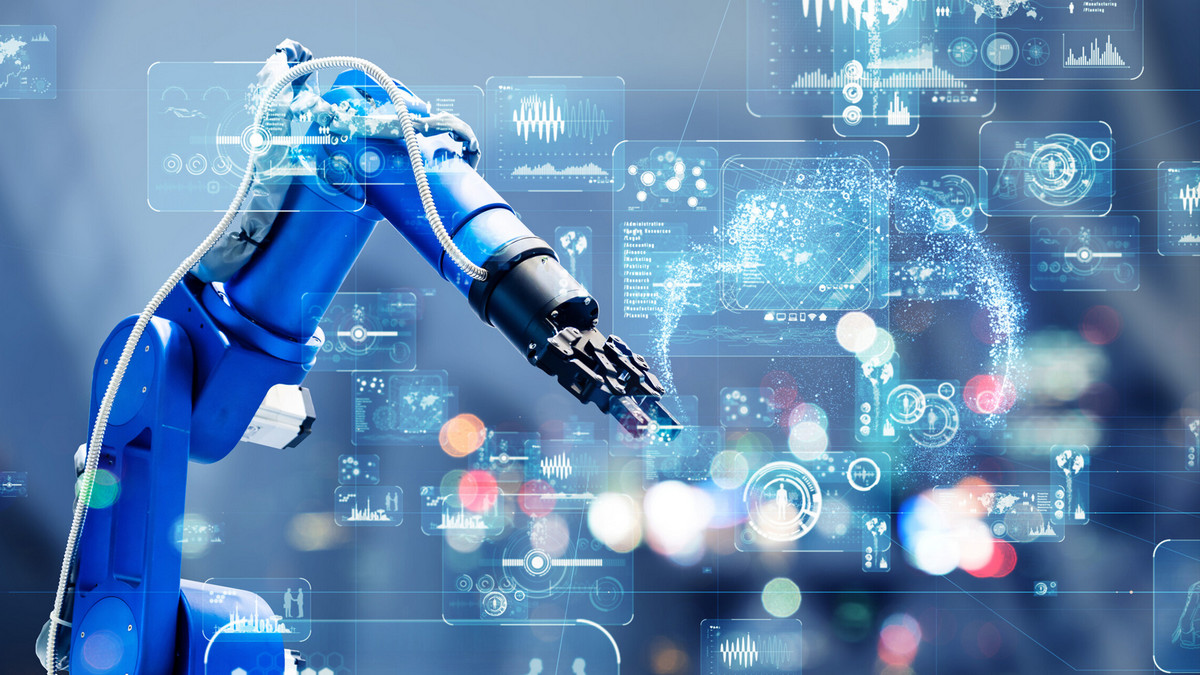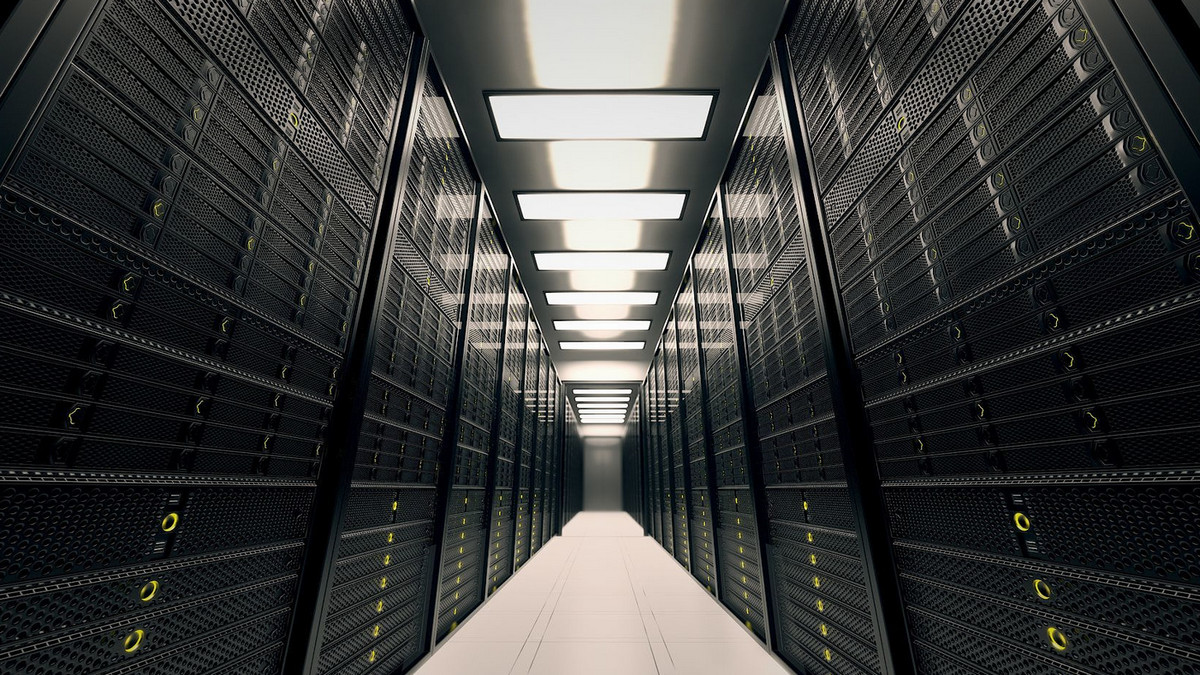What is Industrial Biotechnology?
Life science has become the fastest-growing and most competitive frontier field and the leading discipline in the natural sciences. The rapid progress of biotechnology is gestating new kinetic energy for the future development of bio-economy. In recent years, the field of biotechnology has developed rapidly. Frontier research such as genome sequencing, genome editing, and synthetic biology has continuously made breakthroughs. The development of cross-fusion technologies such as brain-computer interfaces, neural chips, and bionic robots has continued to move toward transformation and application. In the fields of agricultural food, biological resources, and biosafety has played a huge role. Subversive innovations in biomedicine, the chemical industry, materials, energy, and other industries are emerging one after another. Bio-industrial clusters are gradually playing an increasingly important role in the national economy. Related economic activities are becoming more extensive and prosperous, which is further promoting the industrial revolution and the adjustment of social and economic structures, leading to a new round of replacement of economic forms. Under the two-way action of the impetus for the development of the biotechnology industry and the traction force of the top-level design of strategic policies, the global economy has entered a stage of social panorama development. It is estimated that by 2030, several leading countries and regions in science and technology will take the lead in fully entering the era of bio-economy, driving the development and prosperity of the global bio-economy.
What is Industrial Biotechnology?
Industrial biotechnology is the production and processing technology of industrial products by using biochemical reactions, and it is a high-level natural process for human beings to simulate biological systems to realize their own development needs. Industrial biotechnology with biocatalyst as the core content is following medical biotechnology and agricultural biotechnology, and the development of international biotechnology has been raised to an unprecedented strategic height. The scope of biotechnology-related applications is extremely wide, and the products related to industrialization cover many fields such as medicine, food, industry, environmental protection, agriculture, energy, etc. The application of biotechnology is obvious and increasingly popular.
The task of developing industrial biotechnology is to transform the discoveries of life science into actual products, processes, or systems to meet the needs of society. Industrial biotechnology is not only facing the fermentation industry, but it has also begun to enter many fields including agricultural chemistry, organic matter, medicine, and polymer materials, and is widely used in the production of many daily necessities, such as detergents and textiles, etc., and its role has a more far-reaching significance. In recent years, biomaterials and bioenergy, have been and are being produced through industrial biocatalytic processes.
Scope of Biotechnology:
Biotechnology can be interpreted as the application of science and technology to living organisms, including parts, products, and models, and the modification of living or non-living substances to produce knowledge, products, and services. Biotechnology can be defined as research, development, manufacturing, or science and technology that improves product quality to improve the quality of human life.
Compared with other industries, the biotechnology industry has the characteristics of a long product development period, large demand for R&D funds, high risk, high reward, strict regulatory control, high barriers to market entry, and high value of intangible assets. According to the environment and energy of our country and the characteristics of the biotechnology industry. In addition to considering the target market, biotechnology manufacturers in my country should strengthen their special projects and continue to invest patiently.
Industrial Biotechnology and Mitigation:
Industrial biotechnology has great potential to address climate change and develop a green economy. With the continuous improvement and improvement of related technologies and infrastructure, its contribution to emission reduction will increase significantly. Industrial biotechnology can contribute to emission reduction by improving efficiency, replacing fossil fuels and petroleum products, and constructing a closed-loop system that reduces waste. It can promote the transformation of the existing unsustainable economic system into a biotechnology-based sustainable economic system. It is predicted that by 2030, industrial biotechnology will reduce 1 billion tons to 2.5 billion tons of carbon dioxide emissions per year. Industrial biotechnology has the potential to reduce emissions more permanently than other incremental measures to combat climate change. The combination of industry and biotechnology will change the high-consumption, high-pollution, and low-efficiency methods of traditional industries, and promote the transition of industrial society to a sustainable ecological society dominated by a knowledge economy. The development of industrial biotechnology will make it possible to completely replace petroleum products, and the construction of a closed-loop system will become the means of reducing industrial greenhouse gas emissions.
The Development Status of Industrial Biotechnology in Various Countries:
The development of industrial biotechnology and the development of environmental biotechnology are inseparable. Since the 1970s, developed countries have carried out large-scale scientific research activities. At present, a series of environmental biotechnology and its products have been developed and widely used. It is used in many aspects such as sewage treatment, air purification, and pollution environment media treatment.
Countries such as Europe, America, and Japan have formulated strategic plans to replace chemical processes with biological processes in the next few decades. A global industrial revolution is moving towards a carbohydrate-based economy. The output value of biochemicals, pharmaceutical intermediates, and enzyme preparations in the US industrial bio-industry has reached 20 billion US dollars, and the application scale of plant biomass in the world will surpass that of petroleum in 2060.
China's biochemical industry has established a certain foundation after long-term development. Especially since the reform and opening up, the development of the biochemical industry has entered a new stage. For example, China's production technology of acrylamide by the microbial method has reached the international leading level in terms of scale and level. However, compared with the level of developed countries in the world, there is still a certain gap. Improve and optimize the technology of traditional biotechnology products, continuously improve the production technology level of fermentation products, improve the separation and purification technology of China's biochemical products, and develop large-scale biochemical equipment. The solutions of these technologies will bring China's industrial biology.
The Development Direction of Biotechnology in the Future:
- Integration of experience from different industries - biotechnology products have many complex divisions of labor, and common products require integration in multiple fields.
- R&D alliances and clusters - Since Taiwan's domestic biotechnology manufacturers are mainly small and medium-sized enterprises, it is difficult to compete with the huge resources of international manufacturers. Adopting R&D alliances can not only hope that everyone will be united and exert synergy but also combine each other's respective. Specialized research fields, combined with regional integration and settlement thinking, and look forward to future breakthroughs.
- Industry-University-Research Cooperation-Industrialization still has room for effort, and efforts should be made to industrialize the use of biotechnology academic and research results to build a niche for the biotechnology industry. And create more talent cultivation through the cooperation between industry, university, and research.
- Utilization of external resources - Taiwan government's various subsidy measures can be used to share R&D funds and risks, and to subsidize the R&D funds of biotechnology-related manufacturers to encourage the industry. To independently introduce biotechnology R&D achievements from the academic and research circles and industrialize them, or use other policy subsidies and measures.














